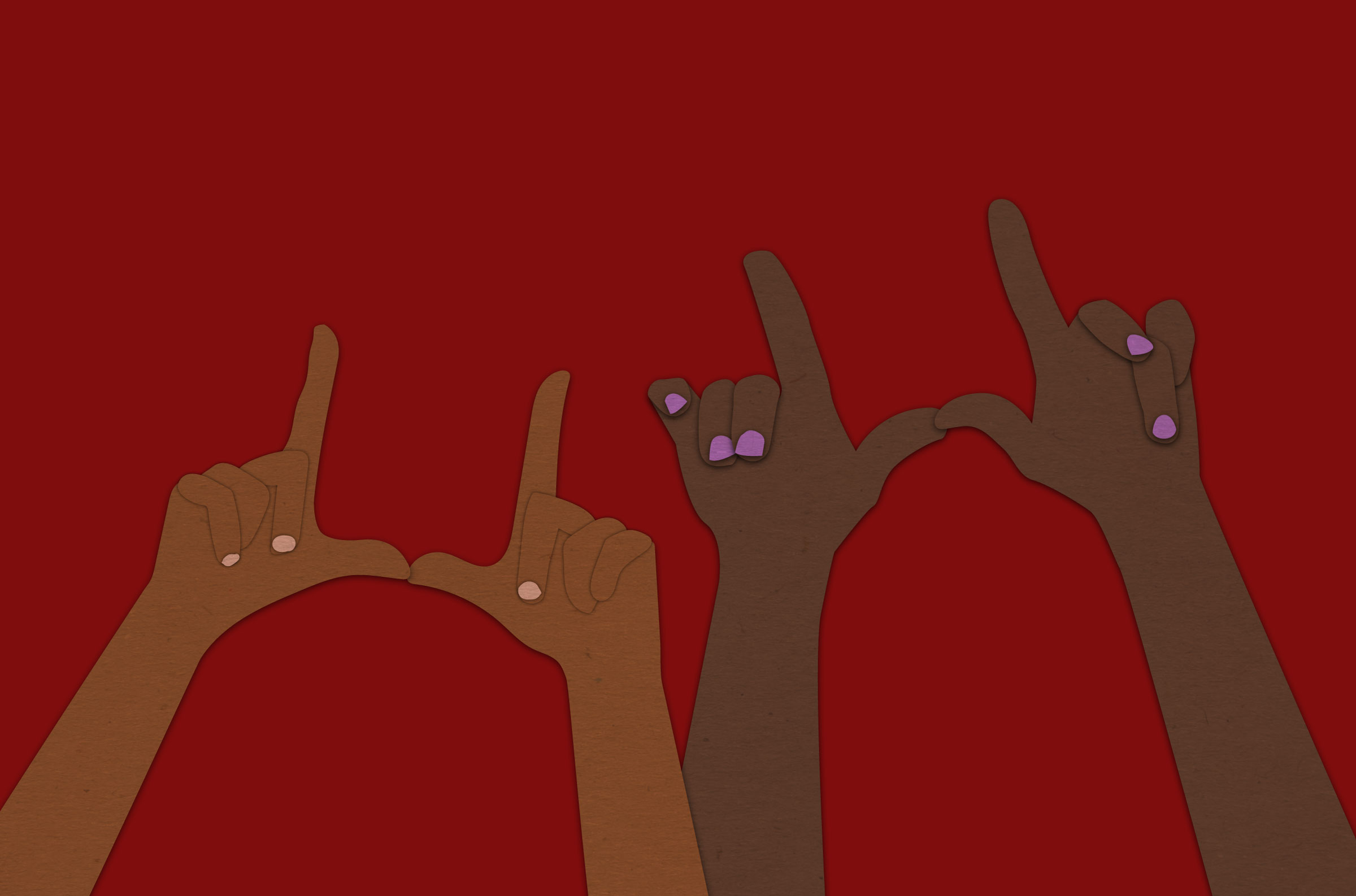On March 17, organized by Equity, Diversity, & Inclusion in partnership with the Black Advisory Council, dozens of university leadership, faculty, staff, and students gathered for the State of the Black U. The annual event has become an important date to assess the university’s progress in meeting goals concerning issues, policies, and systems directly affecting our Black campus community. Kicking off this year’s event, President Taylor Randall welcomed attendees and again affirmed the university’s commitment to “doing better.” In particular, President Randall stressed that the university can and must strengthen efforts to recruit and retain diverse students, faculty, and staff and create a campus culture where all feel welcome.
Assistant Vice President for Faculty Equity and Diversity, Myra Washington noted the success of the university’s efforts to improve recruitment. Between 2018 and 2022, AVP Washington said the university has experienced a 23% increase among faculty of color across the health sciences and main campus. She also noted the Office for Faculty’s new multi-phase retention strategy that includes a new mentoring program to bolster new faculty transition and integration at the U. “Based on what [we’ve] heard from folks who accepted offers during our last hiring season, knowing they could build a sense of community was really the deciding factor for them,” Washington said.
Washington shared that the university’s marked improvement has even made our practices a model for other institutions seeking to replicate the university’s success. Nevertheless, Washington acknowledged that there is still a long way to go. Currently, three colleges at the university have no Black faculty, and Dr. William Smith, Chief Executive Administrator for Justice, Equity, Diversity, and Inclusion (JEDI) at Huntsman Mental Health Institute (HMHI) voiced concern about representation in those areas (especially for students who don’t see themselves reflected in the faculty makeup). He also stressed that efforts must be made to change those systemic shortcomings.
Keith Squires, the chief safety officer in the university’s Department of Public Safety also acknowledged the work that Chief Diversity Officer and AVP for Equity, Diversity & Inclusion, Emma E. Houston has done in meeting with each new officer hired in his department. Squires reaffirmed Public Safety’s commitment to having women represent 30% of the campus safety makeup by 2030 and noted other efforts to encourage student and campus engagement—including an independent committee that involves student members to review the department’s work. He also noted Public Safety’s recent partnership with Dr. Tracie L. Keesee and the Center for Policing Equity, which works closely with communities to ensure their representation and participation in the co-production of public safety. “We take this work seriously and understand we all have work to do to earn the confidence of the campus community,” Squires said.
Although a number of leaders shared the steps their units have taken to strengthen Black representation across campus—several attendees raised questions about continued low numbers among student, staff, and faculty cohorts. Black and African American students still make up only 1% of the student body, and Black faculty are similarly underrepresented at the U. Several suggested the need to create programs and practices for listening to Black students in particular—and making inclusion, retention, recruitment an imperative for Black faculty and staff, including the use of exit interviews to better understand the reasons that individuals leave. Also, many expressed support for creating consistent onboarding practices for all new hires across the campus and using data in more transparent ways to develop strategies that address disparities.
Although the mood of the event was generally positive and many important measures being used at the university were discussed, there was a broad consensus that more can and should be done to increase representation for Black students, faculty, and staff. All attendees agreed that these steps will be vital to the continued health of the campus community and future success of the institution. More information about the efforts underway to strengthen representation and belonging for faculty, staff, and students can be found at the websites for the Black Advisory Council and the Black Faculty & Staff Association.
Campus Climate EDI ICYMI Identity Representation

